 OTTAWA — Western provinces and the East Coast should remain on alert for the possibility of more wildfire activity throughout the rest of summer, based on the latest federal government update. Wide swaths of B.C. and the prairie provinces are expected to be drier and hotter than normal. Federal government forecasters also see above-average seasonal temperatures for most of the country over the next three months. Typically in the more northern regions, fire activity starts to wind down around September as cooler weather sets in and the days grow shorter. Not this year. Federal bureaucrats said there’s a high likelihood that the large fires currently burning will continue well into the fall amid the higher temperatures. “Wildfire season’s not slowing down,” Emergency Management Minister Eleanor Olszewski said at a virtual press conference in Ottawa on Monday.
OTTAWA — Western provinces and the East Coast should remain on alert for the possibility of more wildfire activity throughout the rest of summer, based on the latest federal government update. Wide swaths of B.C. and the prairie provinces are expected to be drier and hotter than normal. Federal government forecasters also see above-average seasonal temperatures for most of the country over the next three months. Typically in the more northern regions, fire activity starts to wind down around September as cooler weather sets in and the days grow shorter. Not this year. Federal bureaucrats said there’s a high likelihood that the large fires currently burning will continue well into the fall amid the higher temperatures. “Wildfire season’s not slowing down,” Emergency Management Minister Eleanor Olszewski said at a virtual press conference in Ottawa on Monday.
 Sharie Minions told a news conference Tuesday that officials are working with the BC Wildfire Service to update two evacuation orders and three alerts that are in place due to the out-of-control Mount Underwood fire. The regional district’s chief administrative officer Daniel Sailland said about 50 permanent residents had to be evacuated along with approximately 150 campers and other visitors due to the fire, which was discovered Aug. 11. Fire information officer Karley Desrosiers said 160 personnel are working on the fire, which is not expected to grow beyond its current 36 square kilometres as the area warms up after several rainy days. “We have received considerable rain since Thursday, and more rain is expected today,” she said. “Going forward, we are expecting conditions to get a little bit warmer and a little bit drier and a bit windier as well. …The blaze has shut off power and the main road access to Bamfield since Aug. 11.
Sharie Minions told a news conference Tuesday that officials are working with the BC Wildfire Service to update two evacuation orders and three alerts that are in place due to the out-of-control Mount Underwood fire. The regional district’s chief administrative officer Daniel Sailland said about 50 permanent residents had to be evacuated along with approximately 150 campers and other visitors due to the fire, which was discovered Aug. 11. Fire information officer Karley Desrosiers said 160 personnel are working on the fire, which is not expected to grow beyond its current 36 square kilometres as the area warms up after several rainy days. “We have received considerable rain since Thursday, and more rain is expected today,” she said. “Going forward, we are expecting conditions to get a little bit warmer and a little bit drier and a bit windier as well. …The blaze has shut off power and the main road access to Bamfield since Aug. 11. 

 Hundreds of residents who were forced out of their homes by a wildfire burning near Cameron Lake on Vancouver Island are being allowed to return. The Regional District of Nanaimo (RDN) has posted an update removing 257 properties from its evacuation order, although residents remain on alert and must be ready to leave right away. The district said 37 properties in Little Qualicum River Village remain under evacuation order due to the six-square-kilometre wildfire that is now classified as being held. The B.C. Wildfire Service updated the status of the Wesley Ridge blaze, burning about 60 kilometres northwest of Nanaimo, saying it’s not expected to grow beyond its existing containment lines. An update from the wildfire service on Monday said the Wesley Ridge fire did not grow Sunday and was displaying mostly rank-one fire behaviour, a “smouldering ground fire with no open flame.”
Hundreds of residents who were forced out of their homes by a wildfire burning near Cameron Lake on Vancouver Island are being allowed to return. The Regional District of Nanaimo (RDN) has posted an update removing 257 properties from its evacuation order, although residents remain on alert and must be ready to leave right away. The district said 37 properties in Little Qualicum River Village remain under evacuation order due to the six-square-kilometre wildfire that is now classified as being held. The B.C. Wildfire Service updated the status of the Wesley Ridge blaze, burning about 60 kilometres northwest of Nanaimo, saying it’s not expected to grow beyond its existing containment lines. An update from the wildfire service on Monday said the Wesley Ridge fire did not grow Sunday and was displaying mostly rank-one fire behaviour, a “smouldering ground fire with no open flame.”







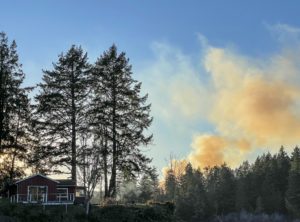 Officials in Nova Scotia say a wildfire in the western part of the province has grown and could force people out of their homes, while cooler temperatures and low winds have helped firefighters in Newfoundland and Labrador. The Long Lake wildfire is expected to grow, said Scott Tingley, manager of forest protection with Nova Scotia’s Natural Resources Department. On Sunday evening, the Nova Scotia Department of Natural Resources said the fire had almost doubled in size, growing from 11 square kilometres in the morning to nearly 20 square kilometres. It had spread past Godfrey Lake to the intersection of Fairns and West Dalhousie roads on one side and the south side of Spectacle Lakes on the other, it added. “These are not favourable firefighting conditions,” Tingley told reporters Sunday morning. “It’s very, very dry.” Two contracted helicopters were helping local firefighters along with crews from Prince Edward Island and Ontario, he said.
Officials in Nova Scotia say a wildfire in the western part of the province has grown and could force people out of their homes, while cooler temperatures and low winds have helped firefighters in Newfoundland and Labrador. The Long Lake wildfire is expected to grow, said Scott Tingley, manager of forest protection with Nova Scotia’s Natural Resources Department. On Sunday evening, the Nova Scotia Department of Natural Resources said the fire had almost doubled in size, growing from 11 square kilometres in the morning to nearly 20 square kilometres. It had spread past Godfrey Lake to the intersection of Fairns and West Dalhousie roads on one side and the south side of Spectacle Lakes on the other, it added. “These are not favourable firefighting conditions,” Tingley told reporters Sunday morning. “It’s very, very dry.” Two contracted helicopters were helping local firefighters along with crews from Prince Edward Island and Ontario, he said.
 NOVA SCOTIA –More than one hundred homes have been evacuated as an out of control wildfire near West Dalhousie in Annapolis County continues to burn Friday morning. The fire broke out Wednesday on the north side of Long Lake, about 20 kilometres east of Annapolis Royal, Nova Scotia. The provincial Department of Natural Resources has said a lightning strike caused the fire. …The national weather forecaster has issued an air quality statement for Annapolis County and parts of Halifax County, saying smoke from the wildfires is reducing air quality in the area, and that people who are more likely to be impacted by smoke — including pregnant people, infants and young children, people with chronic health conditions and people who work outdoors — should avoid strenuous outdoor activities.
NOVA SCOTIA –More than one hundred homes have been evacuated as an out of control wildfire near West Dalhousie in Annapolis County continues to burn Friday morning. The fire broke out Wednesday on the north side of Long Lake, about 20 kilometres east of Annapolis Royal, Nova Scotia. The provincial Department of Natural Resources has said a lightning strike caused the fire. …The national weather forecaster has issued an air quality statement for Annapolis County and parts of Halifax County, saying smoke from the wildfires is reducing air quality in the area, and that people who are more likely to be impacted by smoke — including pregnant people, infants and young children, people with chronic health conditions and people who work outdoors — should avoid strenuous outdoor activities.
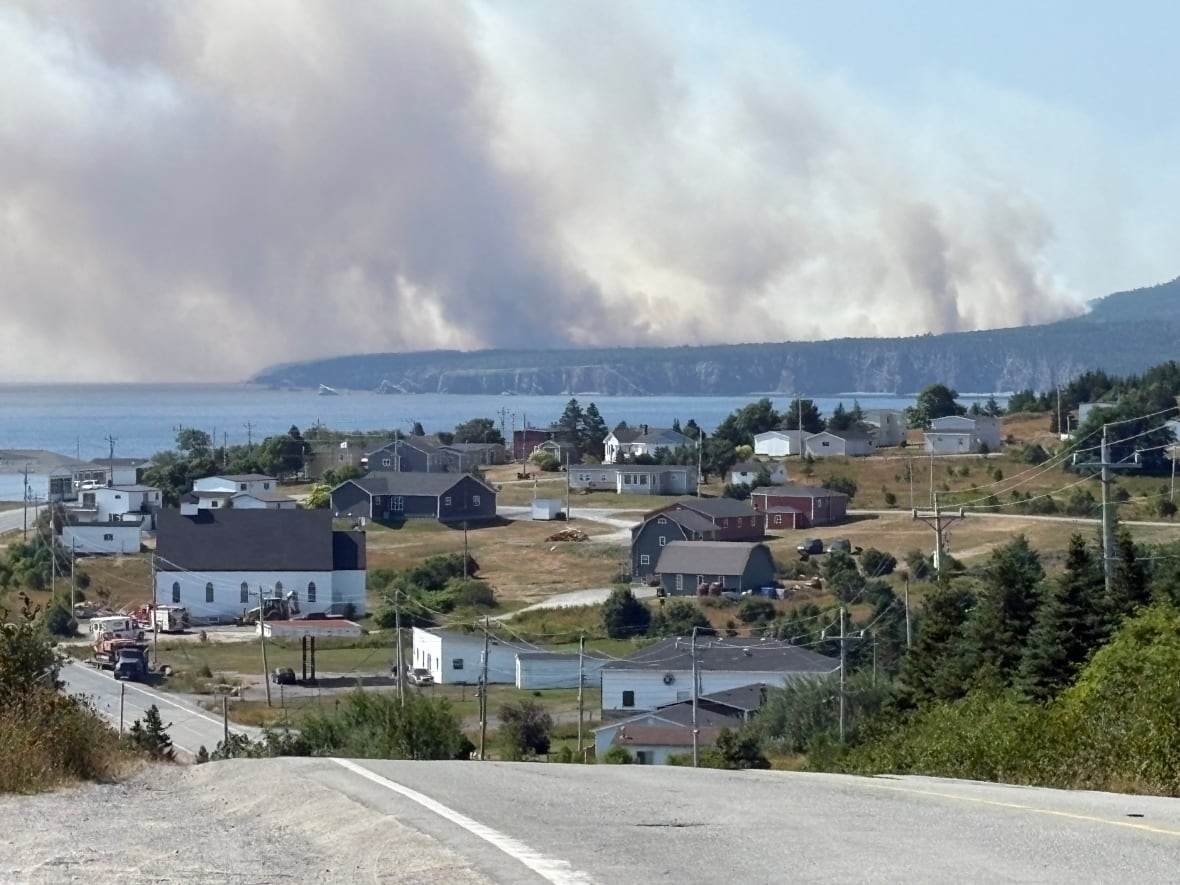
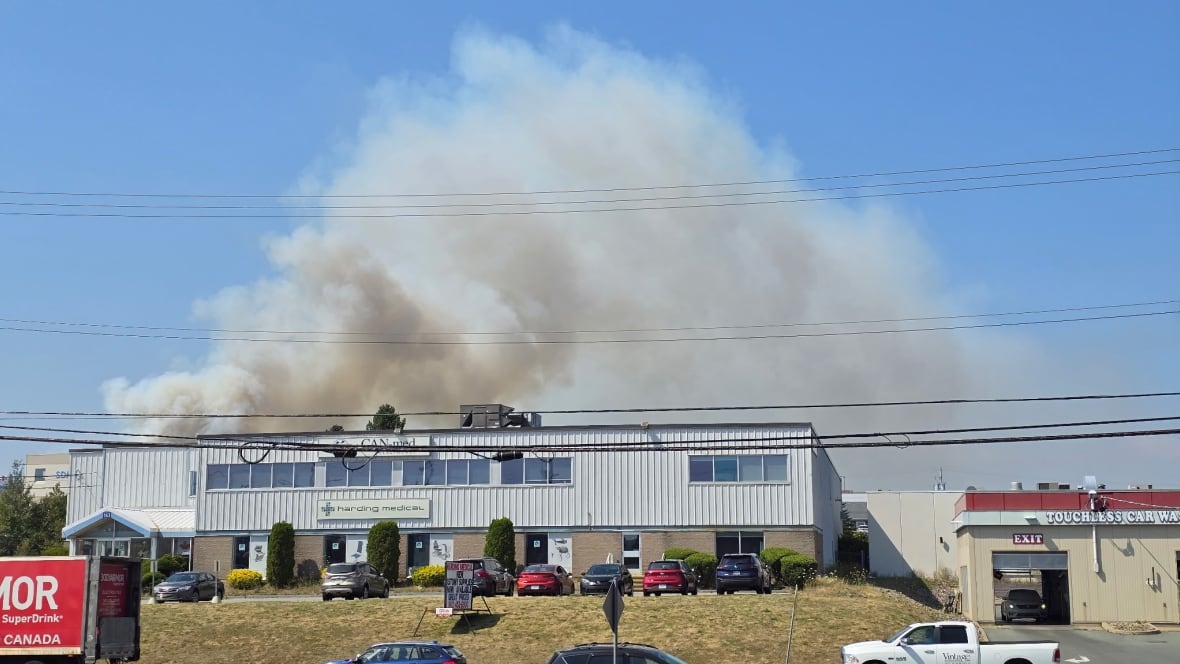




 PAYSON, Arizona — Crews on the ground and in the air are making progress against the Washington Fire, which had burned an estimated 550 acres about 11 miles north of Payson. The lightning-caused blaze, which started Aug. 13, was 6% contained with nearly 500 personnel assigned as of Sunday. Firefighters are working to keep the fire boxed in between the Highline Trail to the south and Forest Road 300 to the north, while strengthening handlines and contingency lines around threatened communities and cabins. Officials say a combination of dozer work, hose lays, handlines and aerial water drops helped slow the spread and protect structures on the fire’s edge. …Dry, hot weather is expected to challenge suppression efforts in the days ahead, with firefighters also on alert for new starts. …Evacuation orders remain in place for Mountain Ridge Cabins, Washington Park and Shadow Rim Ranch.
PAYSON, Arizona — Crews on the ground and in the air are making progress against the Washington Fire, which had burned an estimated 550 acres about 11 miles north of Payson. The lightning-caused blaze, which started Aug. 13, was 6% contained with nearly 500 personnel assigned as of Sunday. Firefighters are working to keep the fire boxed in between the Highline Trail to the south and Forest Road 300 to the north, while strengthening handlines and contingency lines around threatened communities and cabins. Officials say a combination of dozer work, hose lays, handlines and aerial water drops helped slow the spread and protect structures on the fire’s edge. …Dry, hot weather is expected to challenge suppression efforts in the days ahead, with firefighters also on alert for new starts. …Evacuation orders remain in place for Mountain Ridge Cabins, Washington Park and Shadow Rim Ranch. GORMAN, California —
GORMAN, California — 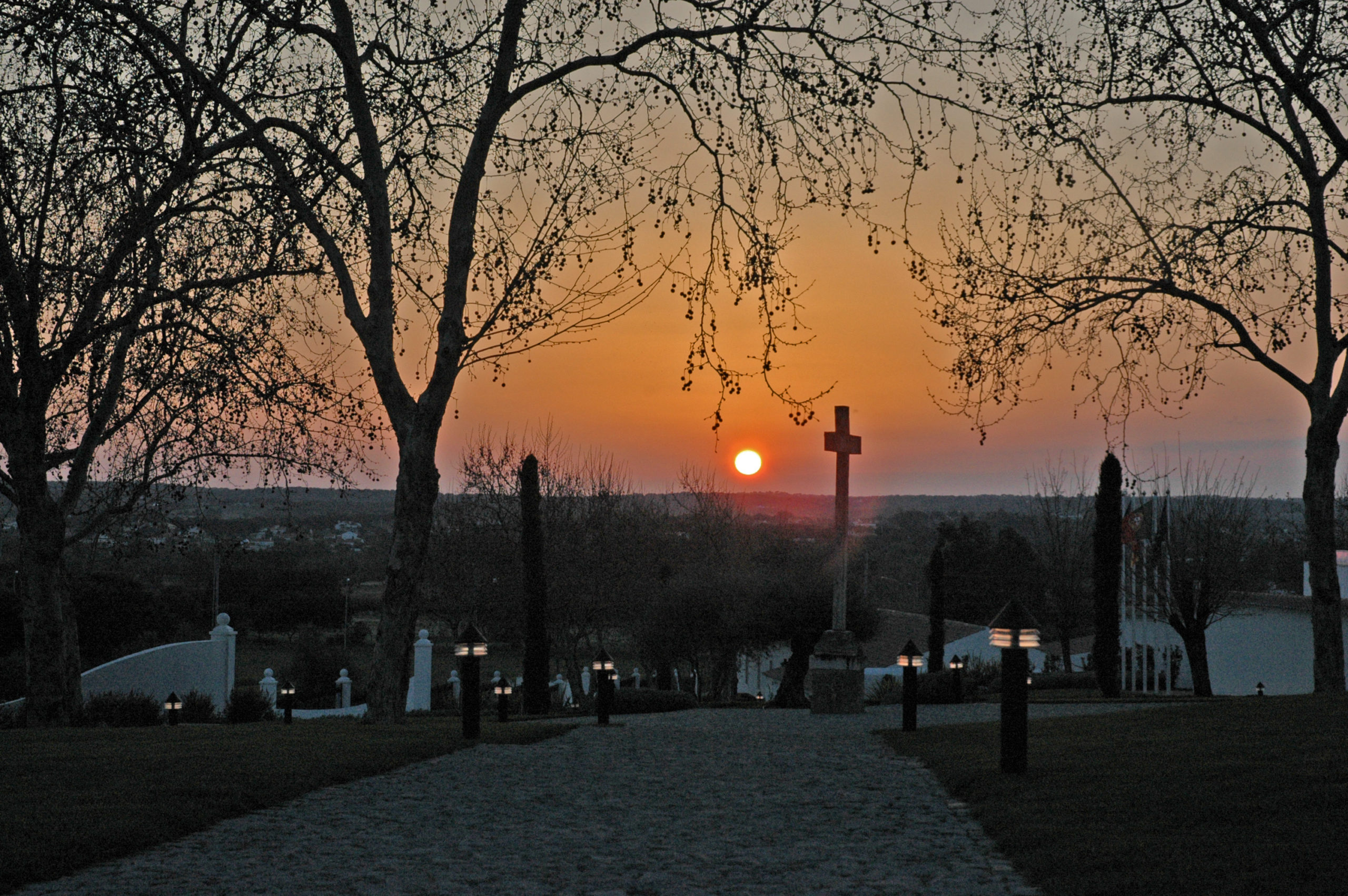 Spain has sent 500 more troops to fight raging wildfires, bringing the total deployed to 1,900, as the death toll from the blazes has risen to four. On Sunday, a firefighter died after an accident during firefighting efforts when his truck fell down a steep hill, the Castile and León regional government said. Spain’s Prime Minister Pedro Sanchez expressed “sadness” and “desolation” on X at the latest death. In neighbouring Portugal, where fires are also blazing, another firefighter was killed on Sunday in a “tragic” traffic accident, President Marcelo Rebelo de Sousa said. Fires have also broken out in Greece, France, Turkey and the Balkans as a heatwave has scorched swathes of southern Europe. Several large fires are still burning in the northwest and west of Spain, where 27,000 residents are currently evacuated from their homes.
Spain has sent 500 more troops to fight raging wildfires, bringing the total deployed to 1,900, as the death toll from the blazes has risen to four. On Sunday, a firefighter died after an accident during firefighting efforts when his truck fell down a steep hill, the Castile and León regional government said. Spain’s Prime Minister Pedro Sanchez expressed “sadness” and “desolation” on X at the latest death. In neighbouring Portugal, where fires are also blazing, another firefighter was killed on Sunday in a “tragic” traffic accident, President Marcelo Rebelo de Sousa said. Fires have also broken out in Greece, France, Turkey and the Balkans as a heatwave has scorched swathes of southern Europe. Several large fires are still burning in the northwest and west of Spain, where 27,000 residents are currently evacuated from their homes.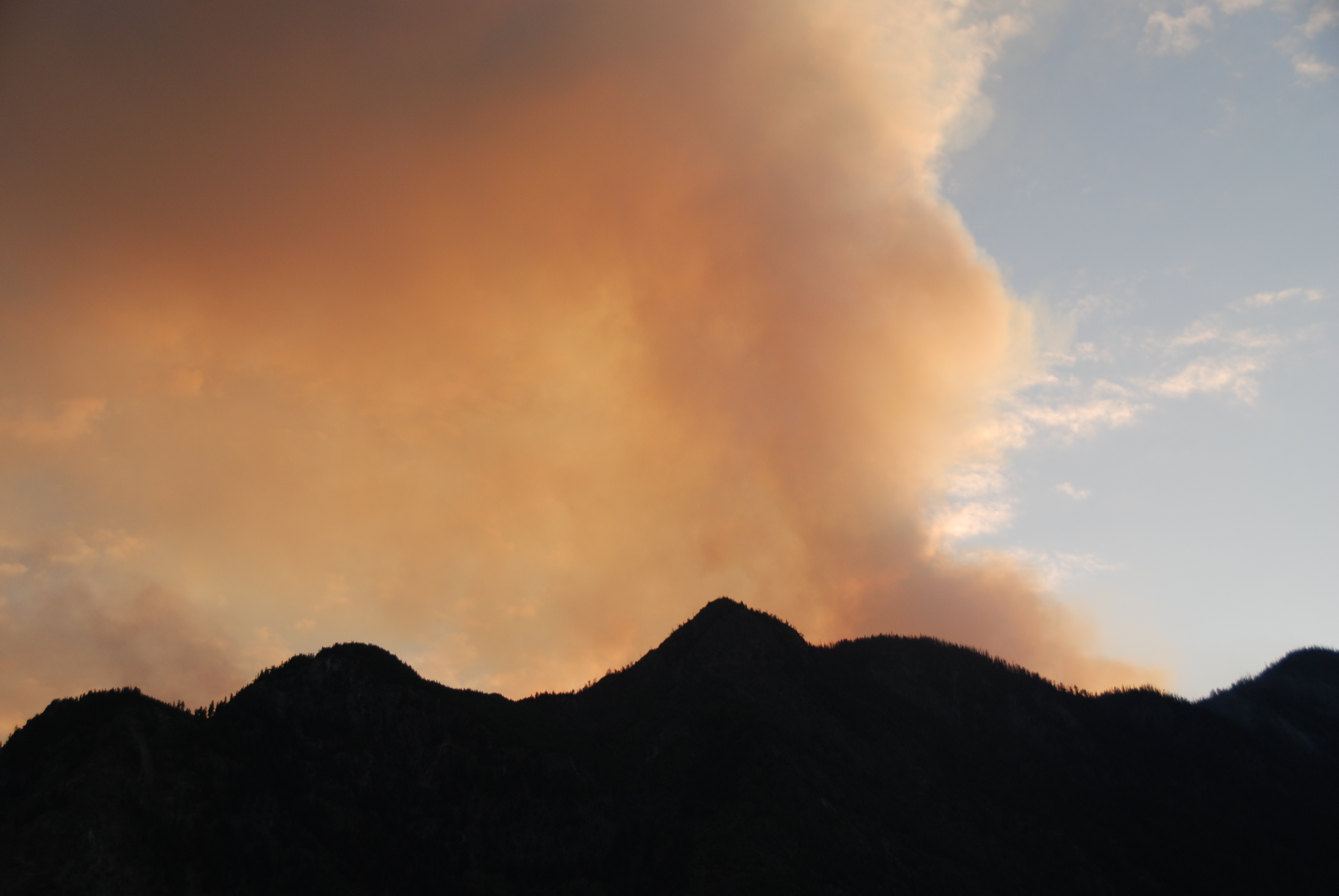 Spain is deploying a further 500 soldiers to battle wildfires that have torn through parched woodland during a prolonged spell of scorching weather, Prime Minister Pedro Sánchez said Sunday. The decision to add to the more than 1,400 troops already on wildfire duty came as authorities struggled to contain forest blazes, especially in the northwestern Galicia region, and awaited the arrival of promised aircraft reinforcements from other European countries. …Spanish national weather agency said on Saturday, the maximum temperature was 44.7 degrees Celsius in the southern city of Cordoba. …Portugal is set for cooler weather in coming days after a spate of severe woodland fires. …In Turkey, where recent wildfires have killed 19 people, parts of the historic region that includes memorials to World War I’s Gallipoli campaign were evacuated Sunday as blazes threatened homes in the country’s northwest. …Turkey has been struck by hundreds of fires since late June, with record-breaking temperatures.
Spain is deploying a further 500 soldiers to battle wildfires that have torn through parched woodland during a prolonged spell of scorching weather, Prime Minister Pedro Sánchez said Sunday. The decision to add to the more than 1,400 troops already on wildfire duty came as authorities struggled to contain forest blazes, especially in the northwestern Galicia region, and awaited the arrival of promised aircraft reinforcements from other European countries. …Spanish national weather agency said on Saturday, the maximum temperature was 44.7 degrees Celsius in the southern city of Cordoba. …Portugal is set for cooler weather in coming days after a spate of severe woodland fires. …In Turkey, where recent wildfires have killed 19 people, parts of the historic region that includes memorials to World War I’s Gallipoli campaign were evacuated Sunday as blazes threatened homes in the country’s northwest. …Turkey has been struck by hundreds of fires since late June, with record-breaking temperatures. PATRAS, Greece,/MADRID – Wildfires caused by arsonists or thunderstorms and fanned by a heatwave and strong winds wreaked destruction across southern Europe on Wednesday, burning homes and forcing thousands of residents and tourists to flee. Fire has affected nearly 440,000 hectares in the eurozone so far in 2025, double the average for the same period of the year since 2006… Authorities ordered residents of a town of about 7,700 people near Patras to evacuate on Tuesday and issued new alerts on Wednesday, advising residents of two nearby villages to leave. On the Greek islands of Chios, in the east, and Cephalonia, in the west, both popular with tourists, authorities told people to move to safety as fires spread. In Spain, a volunteer firefighter died from severe burns and several people were hospitalised as state weather agency AEMET warned that almost all of the country was at extreme or very high risk of fire.
PATRAS, Greece,/MADRID – Wildfires caused by arsonists or thunderstorms and fanned by a heatwave and strong winds wreaked destruction across southern Europe on Wednesday, burning homes and forcing thousands of residents and tourists to flee. Fire has affected nearly 440,000 hectares in the eurozone so far in 2025, double the average for the same period of the year since 2006… Authorities ordered residents of a town of about 7,700 people near Patras to evacuate on Tuesday and issued new alerts on Wednesday, advising residents of two nearby villages to leave. On the Greek islands of Chios, in the east, and Cephalonia, in the west, both popular with tourists, authorities told people to move to safety as fires spread. In Spain, a volunteer firefighter died from severe burns and several people were hospitalised as state weather agency AEMET warned that almost all of the country was at extreme or very high risk of fire. At least three people have died in a scorching heatwave that is fuelling dozens of wildfires across parts of southern Europe, forcing thousands of people from their homes. Red heat alerts have been issued in parts of Italy, France, Spain, Portugal and the Balkans, warning of significant risks to health as temperatures push above 40C (104F). Spain’s weather service Aemet said temperatures could reach 44C (111.2F) in Seville and Cordoba, while southern Portugal could also hit 44C. In Spain, an equestrian centre employee died after suffering severe burns in Tres Cantos, near Madrid, where winds over 70km/h (43mph) drove flames near homes, forcing hundreds to flee. In Spain’s north-western region of Castile and Leon, almost 4,000 people were evacuated and more than 30 blazes were reported. Another 2,000 people were evacuated from hotels and homes near the tourist hotspot of Tarifa. …In neighbouring Portugal, firefighters battled three large wildfires.
At least three people have died in a scorching heatwave that is fuelling dozens of wildfires across parts of southern Europe, forcing thousands of people from their homes. Red heat alerts have been issued in parts of Italy, France, Spain, Portugal and the Balkans, warning of significant risks to health as temperatures push above 40C (104F). Spain’s weather service Aemet said temperatures could reach 44C (111.2F) in Seville and Cordoba, while southern Portugal could also hit 44C. In Spain, an equestrian centre employee died after suffering severe burns in Tres Cantos, near Madrid, where winds over 70km/h (43mph) drove flames near homes, forcing hundreds to flee. In Spain’s north-western region of Castile and Leon, almost 4,000 people were evacuated and more than 30 blazes were reported. Another 2,000 people were evacuated from hotels and homes near the tourist hotspot of Tarifa. …In neighbouring Portugal, firefighters battled three large wildfires.